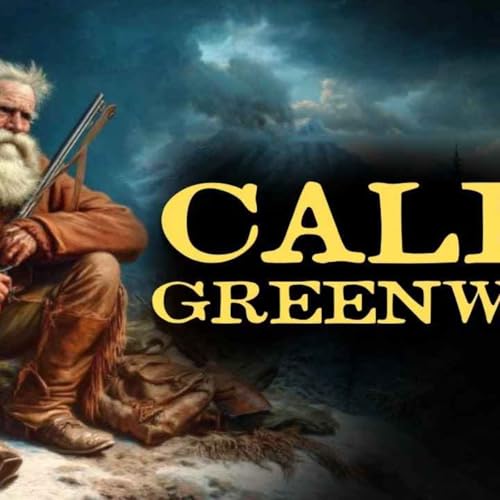No radios. No cell phones. No 911 calls...
American frontiersmen developed over 20 distinct signaling systems between 1750 and 1890 that could communicate specific danger warnings across distances of 5-15 miles using only natural materials and techniques that required no technology beyond what could be carried in a hunting pouch or fashioned from wilderness resources. These signals could mean the difference between life and death when Indian war parties, wild animals, or natural disasters threatened isolated settlements and hunting parties scattered across thousands of square miles of hostile territory.
They created smoke signal codes that could transmit detailed messages about enemy numbers, direction of approach, and type of threat using specific smoke patterns visible from distances of 10-15 miles in clear weather conditions. They developed sound signals using horns, drums, and vocal calls that could carry warnings 3-5 miles through forest terrain while distinguishing between different types of danger through rhythm patterns and tonal variations. They established visual signals using mirrors, fires, and ground markers that could communicate precise information about threats, safe routes, and emergency situations.
Every signal carried life-or-death information... One misunderstood smoke pattern could lead rescue parties into ambushes where entire groups would be killed or captured by hostile Indians. One failed sound signal could leave isolated families defenseless against attacks that would result in scalping, torture, and death for everyone in remote cabins. One incorrectly placed visual marker could direct travelers into deadly terrain where they would die from exposure, starvation, or predator attacks.
The frontiersmen who mastered these communication systems could coordinate defense efforts across vast territories while maintaining the secrecy needed to avoid detection by enemies who would use intercepted signals to plan more effective attacks... Techniques that could summon help from distances that would otherwise make rescue impossible while providing specific information about the nature and location of threats... Methods that created invisible communication networks spanning hundreds of miles of wilderness where conventional communication was impossible.
But which specific signaling techniques allowed frontiersmen to communicate detailed danger warnings across the vast distances of the American frontier? What materials, methods, and codes were used to create signals that could be seen, heard, or detected from miles away while remaining undetectable to enemies? How did these communication systems coordinate defense efforts and rescue operations that saved thousands of lives during the most dangerous period of American frontier expansion? And what signal recognition and response protocols ensured that warnings were properly understood and acted upon before it was too late?
Today we're exploring every signal system that frontiersmen used to communicate danger—the invisible communication networks that connected isolated settlements and saved countless lives during America's most perilous frontier period.
My name is Sam, and this is Wild America.
Hosted on Acast. See acast.com/privacy for more information.
 21 分
21 分 1 時間 9 分
1 時間 9 分 51 分
51 分 25 分
25 分 23 分
23 分 29 分
29 分 29 分
29 分 22 分
22 分

